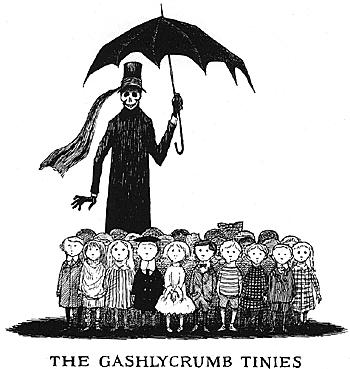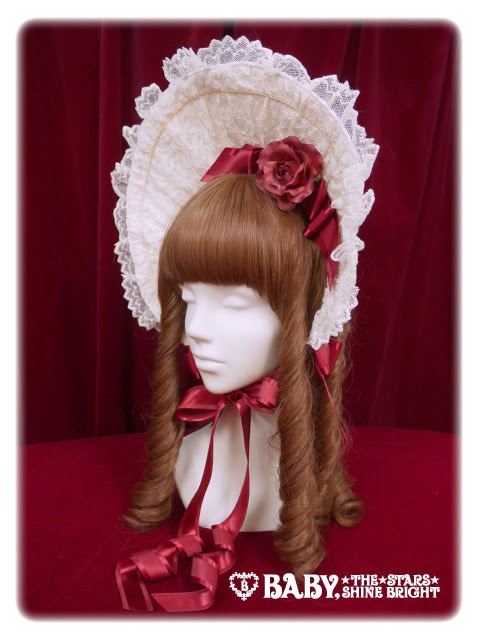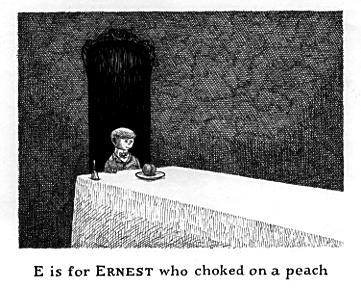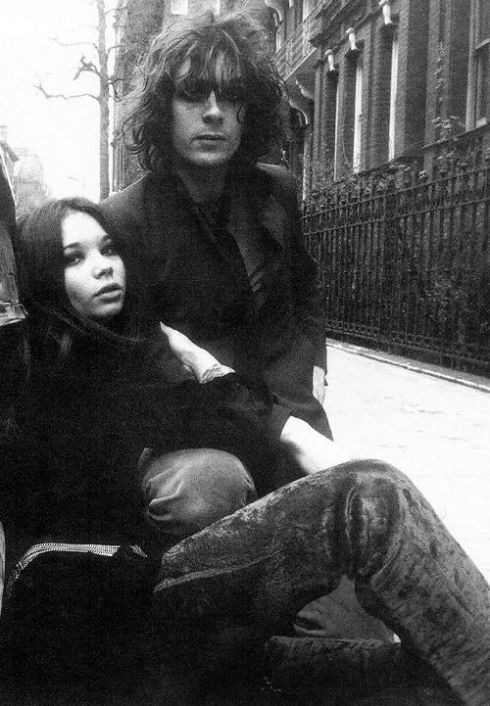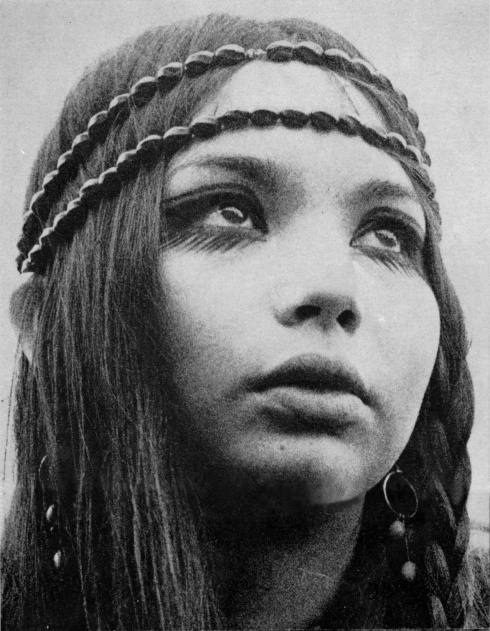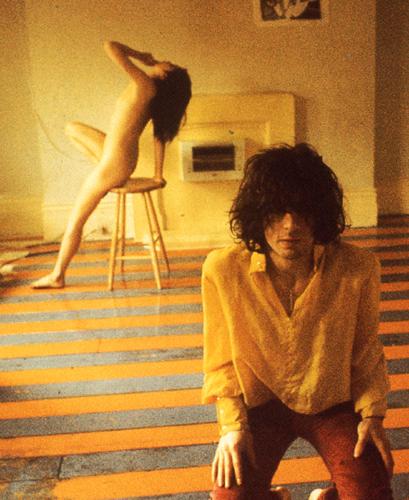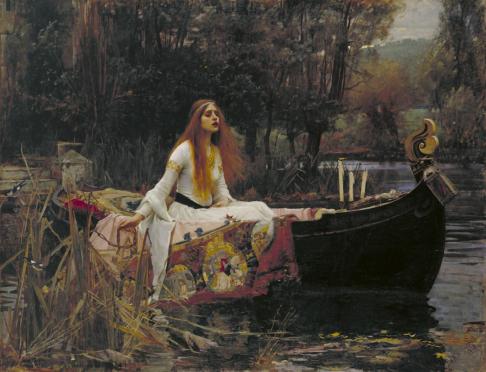Syd Barrett; a true flower power and a gorgeous hippie boy, Puck in ‘A Midsummer Night’s Dream’, whimsical and cheerful creature of the forest, artistic all the way, brought magic in a form of psychedelia and shaped the London underground scene in the 1960s.

All the information written in this post is from the book ‘Syd Barrett and Pink Floyd: Dark Globe‘ by Julian Palacios. It is by far the best thing written regarding Syd, it covers all areas of his life; from his fashion style to his literary influences, all the bits and bobs, everything you’d want to know about Syd or the 1960s London underground scene. Many regards to the writer for creating something so beautiful and poetic in a way, yet bursting with reliable information.
‘Loves fairytales and outrageous clothes.‘, the newspaper wrote about Syd, and he certainly loved to stood out, even from an early age. Beautiful and mischievous, Syd attracted attention wherever he went. From the age of fourteen he could not be seen without shades, he had a natural gift of ‘getting the look right’ and the girls loved him.
‘The clothes he wore when not in school uniform were extreme in the beatnik/bohemian iconography evolving. Syd had wraparound shades and extremely tight blue jeans you could not imagine possible to get a foot into, flecked with paint; authentic paint flakes. Syd had pale grey moccasins, fantastic objects.‘
When Syd moved to London to study art at Camberwell School of Arts and Crafts he still dressed the same as in Cambridge. It was 1964. and all the psychedelia-underground thing had yet to happen.
‘In contrast to their slightly dour stage image, the lads leapt about for the camera like the Beatles in A Hard Day’s Night. Pop stars in the making, with longish hair, tight trousers and pressed shirts and blazers; they do not look the slightest bit avant-garde. If anything, they resemble students aiming for Carnaby Street hip, by way of high-street clothiers Cecil Gee. Resolutely students, they had yet to develop London cool. Syd wore the cardigan and shirt his mother bought him at Joshua Taylor’s department store before he left Cambridge.‘


It is however, Syd’s ‘London Look‘ that interests me the most. Whenever I think of Syd, I imagine him wearing ‘blue velvet trousers, yellow shoes, paisley shirt and turquoise waistcoat’ just like he singed in a song Vegetable man, basically describing his wardrobe that day in ironic way. Although London’s ‘Summer of Love’ was actually in ’66 and the Pink Floyd were regular at the UFO, most of the photos of Syd I have here date from ’67. Syd, clad in psychedelia all the way, looked absolutely gorgeous; like a character from a fairy tale, witty and charming, tall with curly black hair and dark, most enchanting eyes flecked with green.
‘Syd was a beautiful boy, true flower power,’ recalled Jenner. ‘In outrageous gear, with this permanent that cost £ 20, Syd looked like a beautiful woman, all this Thea Porter stuff.‘ Joe Boyd says ‘My impressions were of his clothes. Tight velvet trousers, military jackets, curled hair, handsome and attractive. Syd had a bandanna around his neck, knotted like a cravat. You got the feeling girls would adore him, which they did.‘
Just imagine what could have been in Syd’s wardrobe at the time; blue or red velvet trousers, paisley printed shirts, colourful blouses with wild prints, striped trousers, flamboyant waistcoats, bandannas, white blouses with ruffles, velvet coats, Japanese kimono emblazoned with kanji characters and silver reflective discs, the same ones he’d glued on his guitar; particular kimono jacket can be seen in a pop promo for a song Arnold Layne, shot in February 1967.

In 1960s arts, culture and music flourished, and fashion was no exception. In the time when everything seemed possible in the world of young, and the air of excitement and optimisms permeated the spring air, London streets were crowded with vibrant fashion and painted faces. Psychedelia set the ground for experimentation and the fashion scene slowly shifted from clean cut, tailored, strict monochrome Mod apparels to colourful and exuberant hippie clothes. Originality and mysticism imbued the summer air and the Swinging London scene was at its peak. Laughter and vivid clothes filled the drab and rainy London streets.
At weekends, fashionable young people paraded in their finery on King’s Road, Carnaby Street and the area of Chelsea. ‘The underground embraced the dressing-up ethos and spawned exemplary outfitters. Though ‘hippy’ later came to mean dreary, washed out tie-dyes, dirty jeans and matted hair, underground fashion flowered in flamboyance and extravagance.‘ A psychedelic heaven, really, all those crowded streets filled with the same minded young people, blossoming of art and music, mind expanding venues, air of excitement.

Indeed, fashion flourished in the 1960s. Today, most recognisable designers of Swinging London were Mary Quant and Barbara Hulanicki (Biba), but there were plenty more of them that really captured that psychedelic, experimenting and mind-expanding mood of the city such as Ossie Clark, Zandra Rhodes, Apple Boutique and ‘I was Lord Kitchener’s Valet‘, ‘Hung on You‘, ‘Granny Takes a Trip’ and ‘Dandi Fashions‘. By 1966. young people looked for something more groovy. Mod fashion, by then seen as commercial, gave way to ‘exoticism, romanticism and nostalgia‘.
Trips to India, counter-culture and rediscovery of some Victorian artists such as William Morris and Aubrey Beardsley directed fashion in a new way, far closer to the psychedelic ideal. Grey, brown and black were substituted for vivid rainbow of colours; magenta, teal, sky blue, sunny yellow, green. Very soon flowing silks and velvets, William Morris print jackets, loose cut Indian cloth dresses, Afghan jackets and wonderful black satin trousers filled the fashion landscape.
‘In London we all dressed like rock stars.‘, recalls UFO groover Firdsi. ‘It would have been unthinkable to leave the house in something as mundane as jeans and a T-shirt. My wardrobe consisted of feather boas in all colours, sequins, paisley velvets, satins, odd bits of antiquity picked up in junk stores or Portobello Road.‘


‘For Syd, the image tied with his art, rather than simple vanity. The era demanded peacocks. Barrett stepped up and took on the role of a star.
As his star rose, Lindsay’s sharp eye and expert combination of King’s Road cool were crucial to his new look. Her keen eye made for inspired choices. With hair grown out his trendy Carnaby Street trousers and candy striped shirts sacrificed for velvet, satin, silk in red, lilac and green, and crimson. Syd and Lindsay took to the King’s Road fashion scene with relish, migrating to Granny Takes a Trip, where Barrett was fitted for a satin outfit in green and red. Next was Gohil’s leather Goods store in Camden, where the owner outlined Syd’s feet for custom-made short ankle boots with elastic gussets.
With Lindsay, Barrett made the scene dressed in silk and velvet, in pied patches like medieval minstrels. Walking on King’s Road on Saturdays, dressed in all their finery, the couple were splendid peacocks on parade. In a luminous dash, they prowled boutiques, piecing a unisex wardrobe mix of gypsy, aristocrat, harlequin and harlot.‘
Syd also wore eye shadow and mascara, remembers David Bowie who was a regular at the Marquee, both on stage as ‘David Jones and the Buzz‘ and in the audience, ‘Syd Barrett, with white face and black eyeliner all around his eyes. (…) I thought, ”Wow, a bohemian, a poet, in a rock band!” With pale face and black mascara, Syd looked like a kabuki actor or a mummer.
Even though Syd’s ‘Peacock Fashion Phase‘ is the most interesting; the garments are colourful, vivid and cheerful with exotic paisley psychedelic prints, I must say that the most appealing to me is Syd’s ‘Madcap Laughs Fashion Phase‘. Not a lot has changed actually. Syd’s ‘Madcap Laughs‘ look is engulfed in darkness and mystery; his dark hair now longer and wilder, extraordinary electric-green outfit now faded to a dark ensembles, long bandannas and old velvet trousers stained with paint.
Creature from the forest, or the cheerful Puck gave way to the dark, ungraspable Mad Hatter, days spend at the UFO at the height of the summer of love have now faded into loneliness at the Wetherby Mansion, surrounded only by striped wooden floor and sad memories. Innocence gave way to experience, a path William Blake had already gone through.

P.S. It’s Syd’s birthday today!
Tags: 1960s fashion, fashion, Granny Takes a Trip, I Was Lord Kitchener's Valet, Julian Palacios, King's Road, Lindsey Corner, London, Pink FLoyd, Psychedelia, Swinging London, Syd Barrett, Syd Barrett and Pink Floyd: Dark Globe, William Morris










